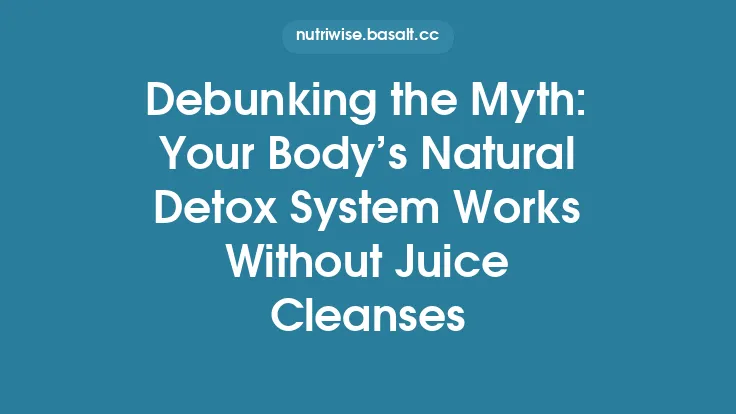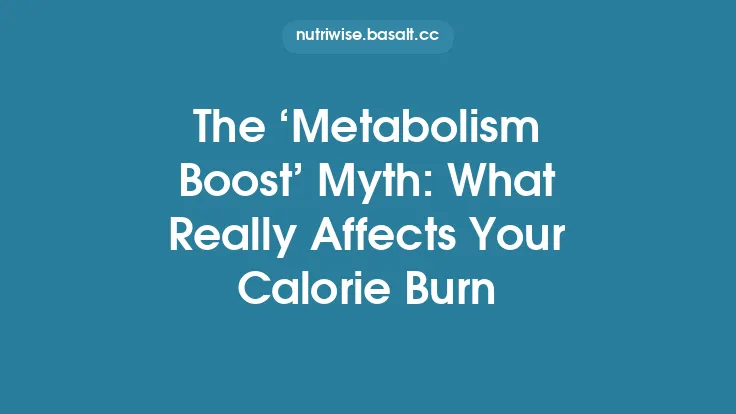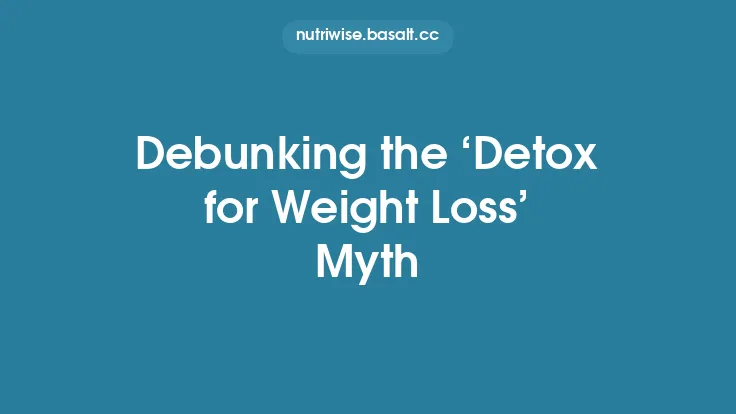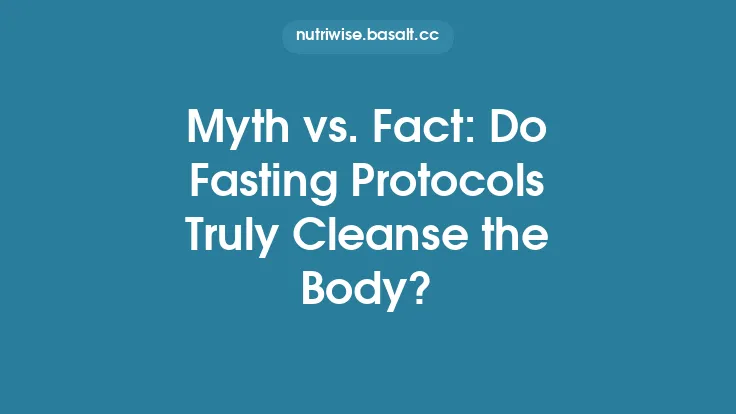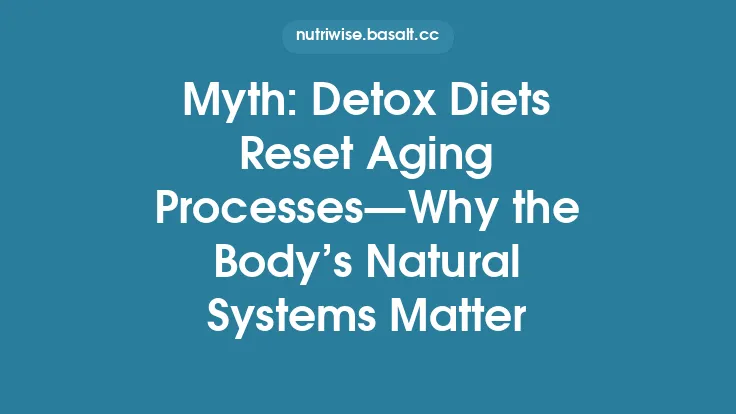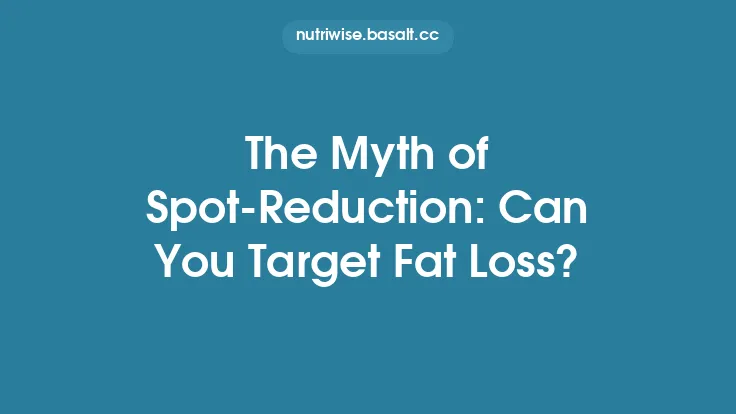The idea of “detox” drinks—brightly colored juices, teas, or bottled concoctions promising to flush toxins from your system—has become a staple of modern wellness marketing. A quick glance at social media feeds or supermarket shelves reveals a dizzying array of products that claim to cleanse the liver, purify the blood, or reset your metabolism in just a few days. Yet, despite the persuasive language and glossy packaging, the human body already possesses a sophisticated, highly efficient set of mechanisms for eliminating waste and maintaining internal balance. Understanding how these natural processes work, why they rarely need a commercial “boost,” and what the scientific evidence actually says about detox drinks can help you cut through the hype and make informed choices about your health.
The Body’s Built‑In Detox System: An Overview
Liver: The Central Processing Plant
The liver is the primary organ responsible for metabolizing and neutralizing a wide variety of substances, from dietary compounds to environmental pollutants. Hepatocytes (liver cells) contain enzymes—most notably the cytochrome P450 family—that chemically modify lipophilic (fat‑soluble) molecules, making them more water‑soluble so they can be excreted. This process, known as phase I and phase II metabolism, involves oxidation, reduction, hydrolysis, conjugation (with glucuronic acid, sulfate, or glutathione), and ultimately elimination via bile or blood.
Key points:
- Bile excretion transports many metabolites into the intestines, where gut bacteria can further modify them.
- Glutathione, a tripeptide antioxidant, plays a crucial role in detoxifying reactive oxygen species and electrophilic compounds.
- The liver’s capacity is dynamic; it can up‑regulate enzyme expression in response to chronic exposure, but this adaptation has limits.
Kidneys: The Filtration and Reabsorption Hub
The kidneys filter roughly 180 L of plasma each day, removing waste products, excess electrolytes, and water‑soluble toxins. The functional unit, the nephron, uses a combination of glomerular filtration, tubular secretion, and reabsorption to fine‑tune the composition of urine.
Important mechanisms:
- Active transporters (e.g., organic anion transporters) pump specific metabolites from blood into the tubular lumen.
- pH regulation in the renal tubules can influence the ionization state of toxins, affecting their excretion.
- Renal clearance is a reliable clinical measure of how efficiently a substance is eliminated.
Gastrointestinal Tract and Microbiome
The gut is more than a conduit for food; it is a major site of detoxification. The intestinal epithelium expresses enzymes similar to those in the liver (e.g., UDP‑glucuronosyltransferases) that can conjugate toxins before they enter the bloodstream. Moreover, the gut microbiota can metabolize certain compounds into less harmful forms or, conversely, into more active metabolites.
Key considerations:
- Enterohepatic circulation can recycle conjugated compounds between the liver and gut, prolonging their presence unless they are deconjugated by bacterial enzymes.
- Fiber intake promotes regular bowel movements, reducing the residence time of waste products in the colon.
Lymphatic System and Skin
While the liver and kidneys handle most soluble toxins, the lymphatic system transports larger, lipophilic substances (e.g., certain environmental pollutants) from peripheral tissues to the bloodstream, where they can be processed. The skin eliminates waste through sweat, though the volume of toxins removed via perspiration is modest compared to renal excretion.
What “Detox” Drinks Actually Contain
Common Ingredients and Their Intended Effects
| Ingredient | Typical Claim | Scientific Reality |
|---|---|---|
| Lemon juice / citric acid | “Alkalizes the body, flushes toxins” | Citric acid is metabolized to bicarbonate, but the body tightly regulates pH; no net alkalizing effect. |
| Apple cider vinegar | “Improves digestion, binds toxins” | Contains acetic acid; modest effects on blood glucose, but no evidence of toxin binding. |
| Green tea extract | “Antioxidant power, boosts metabolism” | Rich in catechins (e.g., EGCG) that have antioxidant activity; however, antioxidants do not “remove” toxins. |
| Dandelion root | “Stimulates liver and kidney function” | Mild diuretic effect; may increase urine output but does not enhance hepatic enzyme activity. |
| Cranberry juice | “Prevents urinary tract infections, cleanses kidneys” | Contains proanthocyanidins that may inhibit bacterial adhesion; no direct detoxification. |
| Fiber powders (psyllium, inulin) | “Binds toxins in the gut” | Soluble fiber can bind bile acids and some lipophilic compounds, modestly reducing reabsorption, but the effect is limited. |
| Probiotics | “Restores gut flora, improves toxin breakdown” | Can influence microbiome composition; specific strains may aid in metabolizing certain compounds, but evidence is strain‑specific and not a blanket detox. |
Most of these components are nutritionally benign and can be part of a healthy diet, but their presence does not translate into a rapid or comprehensive “cleansing” of the body.
The Role of Caloric Restriction and Water Intake
Many detox regimens inadvertently impose a temporary caloric deficit and increase fluid consumption. Reduced caloric intake can lower metabolic load, and higher water intake may promote urine production. While these changes can feel “clean,” they are simply the result of general lifestyle modifications, not a unique property of the drink itself.
Scientific Evidence (or Lack Thereof) for Detox Drinks
Clinical Trials and Systematic Reviews
- Randomized controlled trials (RCTs) evaluating commercial detox teas or juice cleanses have consistently shown no significant change in biomarkers of liver or kidney function (e.g., ALT, AST, creatinine, BUN) compared to control groups.
- A 2019 systematic review of “detox diets” concluded that most studies were low quality, with small sample sizes and high risk of bias. The review found no reliable evidence that these regimens improve detoxification capacity or reduce body burden of pollutants.
- Studies that measured urinary excretion of specific toxins (e.g., bisphenol A, phthalates) after a short‑term detox protocol reported only modest increases, often attributable to increased fluid intake rather than enhanced metabolic clearance.
Placebo and Psychological Effects
The expectancy effect—believing that a product will work—can lead to perceived improvements in energy, digestion, or skin clarity. While these subjective benefits are real to the individual, they do not reflect a measurable change in the body’s detox pathways.
Potential Risks and Unintended Consequences
Electrolyte Imbalance
Many detox drinks are diuretic (e.g., caffeine, dandelion, high water intake). Excessive diuresis without electrolyte replacement can lead to hyponatremia, hypokalemia, or muscle cramps.
Gastrointestinal Disturbances
High doses of fiber, sorbitol, or laxative herbs (e.g., senna) can cause bloating, diarrhea, and cramping. Overuse may disrupt the gut microbiome and impair nutrient absorption.
Interactions with Medications
- St. John’s Wort, sometimes added for “liver support,” induces cytochrome P450 enzymes, potentially reducing the efficacy of prescription drugs.
- Caffeine and yohimbine (found in some “fat‑burning” detox teas) can increase heart rate and blood pressure, posing risks for individuals with cardiovascular conditions.
Nutrient Deficiencies
Extended reliance on liquid‑only detox regimens can lead to insufficient intake of protein, essential fatty acids, vitamins (especially B12), and minerals, especially if the protocol lasts longer than a few days.
How to Support Your Body’s Natural Detox Pathways
Balanced Nutrition
- Adequate protein supplies amino acids (e.g., cysteine) needed for glutathione synthesis.
- Diverse fruits and vegetables provide a spectrum of phytochemicals that can modulate enzyme activity without overwhelming the system.
- Whole grains and legumes deliver fiber that promotes regular bowel movements, aiding the elimination of waste.
Hydration
- Drinking plain water throughout the day maintains optimal renal filtration rates.
- Herbal teas (e.g., chamomile, peppermint) can contribute to fluid intake without added sugars or stimulants.
Lifestyle Factors
- Regular physical activity enhances circulation, supports lymphatic flow, and can improve hepatic blood flow.
- Adequate sleep allows for the up‑regulation of detoxifying enzymes and repair processes.
- Stress management (mindfulness, yoga) reduces cortisol, which can otherwise impair liver function.
Targeted Nutrients for Enzyme Support
| Nutrient | Role in Detoxification | Food Sources |
|---|---|---|
| Vitamin C | Regenerates oxidized glutathione; antioxidant | Citrus fruits, bell peppers, kiwi |
| B‑vitamins (B2, B6, B12, Folate) | Cofactors for phase I/II enzymes | Whole grains, legumes, leafy greens |
| Selenium | Component of glutathione peroxidase | Brazil nuts, seafood, eggs |
| Zinc | Stabilizes protein structures of detox enzymes | Meat, pumpkin seeds, lentils |
| Omega‑3 fatty acids | Anti‑inflammatory, support membrane integrity | Fatty fish, flaxseed, walnuts |
When a “Detox” Approach Might Be Appropriate
While most commercial detox drinks are unnecessary, there are clinical scenarios where targeted interventions are warranted:
- Acute poisoning: Activated charcoal, specific antidotes, or enhanced elimination (e.g., forced diuresis) under medical supervision.
- Chronic exposure to specific toxins (e.g., lead, mercury): Chelation therapy prescribed by a physician.
- Metabolic disorders (e.g., phenylketonuria): Dietary restriction of offending substrates.
In these cases, the interventions are evidence‑based, individualized, and monitored, unlike the generic “detox” regimens marketed to the general public.
Bottom Line: Trust the Body, Not the Bottle
Your liver, kidneys, gut, and other physiological systems have evolved over millennia to handle the myriad chemicals you encounter daily. They operate continuously, adjusting enzyme levels, transporters, and excretory pathways to keep you healthy. Detox drinks rarely add anything beyond a modest increase in fluid intake or a short‑term placebo boost. In some instances, they may even pose risks if used excessively.
Instead of reaching for a marketed “cleanse,” focus on sustainable habits: a varied diet rich in whole foods, regular hydration, adequate sleep, and physical activity. These practices naturally optimize the body’s detox capacity and, more importantly, support overall health and longevity.
